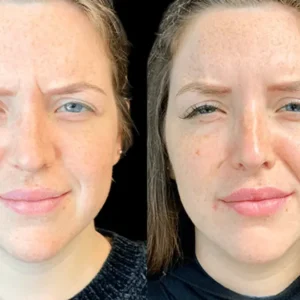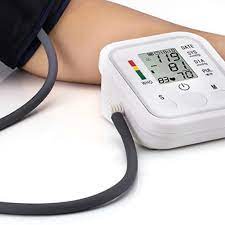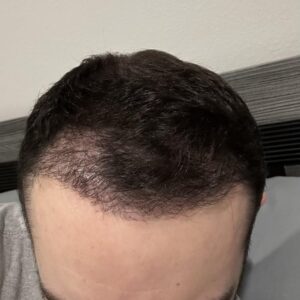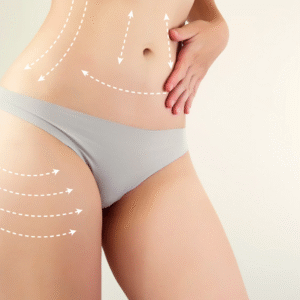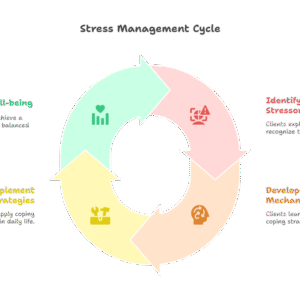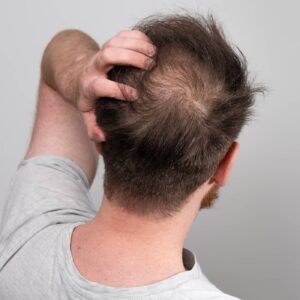Acne may fade, but the scars it leaves behind can affect self-confidence long after the breakouts stop. From pitted marks to hyperpigmented patches, acne scarring varies in shape, depth, and visibility. One of the most advanced options for addressing this issue today is laser therapy. Midway through the journey of those seeking smoother, more refined skin, many explore Laser Treatments Dubai for their precision and noticeable outcomes.So, how effective are these treatments for acne scars? Let’s take a deep dive into what laser therapy entails, how it works, its benefits, the treatment process, and more.
Understanding Acne Scarring
Acne scars are the result of inflammation in the skin. When the acne pore swells, a breakdown occurs in the wall of the pore. In some cases, the skin repairs itself unevenly, forming scars.
Types of Acne Scars
| Scar Type | Description |
|---|---|
| Atrophic Scars | Shallow, depressed scars caused by tissue loss |
| Boxcar Scars | Broad, rectangular depressions with sharp edges |
| Ice Pick Scars | Deep, narrow scars that extend into the dermis |
| Rolling Scars | Wide depressions with sloping edges |
| Post-inflammatory Hyperpigmentation | Dark spots left behind after acne heals |
What Are Laser Treatments for Acne Scars?
Laser treatments involve using focused beams of light to remove layers of damaged skin. This stimulates new skin growth, helping smooth the skin’s surface and reduce scar visibility. The type of laser used depends on the scar’s depth and skin type.
Common Laser Types Used
| Laser Type | How It Works | Best For |
|---|---|---|
| Ablative Lasers | Remove top skin layers to trigger regeneration | Deep acne scars |
| Non-Ablative Lasers | Heat the underlying skin without harming the surface | Mild to moderate scarring |
| Fractional Lasers | Treat tiny fractions of skin, allowing faster healing | All types, especially atrophic scars |
| CO2 Lasers | Powerful ablative lasers used for severe scarring | Deep boxcar or ice pick scars |
| Erbium YAG Lasers | Precise removal with less thermal damage | Shallow scars, sensitive skin |
The Treatment Process: What to Expect
Initial Consultation
Before treatment, a dermatologist examines your skin type and scarring to decide which laser is suitable. Patch tests may be done to check for adverse reactions.
Skin Preparation
Skin might be prepped with topical retinoids or other agents to make the procedure more effective.
The Procedure
-
Numbing cream is applied to reduce discomfort.
-
The laser device is used on targeted areas.
-
Sessions last 30 minutes to 2 hours, depending on the area and laser type.
Recovery Phase
-
Redness and swelling are common for a few days.
-
Peeling may occur as the skin heals.
-
Sun exposure should be avoided during recovery.
How Effective Are Laser Treatments for Acne Scarring?
Effectiveness depends on several factors:
Type of Scars
-
Ice pick scars are the hardest to treat and may require multiple sessions.
-
Shallow scars respond faster with visible improvement.
Number of Sessions
Most patients see noticeable improvements after 3–6 sessions spaced weeks apart.
Skin Type
Darker skin tones may require less aggressive lasers to avoid pigmentation issues.
Post-Treatment Care
Proper aftercare is vital to achieving the best results. This includes moisturizing, avoiding sun exposure, and using prescribed creams.
Benefits of Laser Treatment for Acne Scarring
Laser therapy offers multiple advantages:
Precision
Lasers target only scarred tissue without harming surrounding skin.
Minimal Downtime
Compared to surgery or deep chemical peels, recovery time is shorter.
Collagen Stimulation
Lasers boost collagen production, making skin firmer and more elastic.
Improved Skin Texture
Smoother, more even skin is one of the most appreciated results.
Customization
Treatments can be tailored to scar type and individual skin conditions.
Before and After: Realistic Expectations
Laser treatment offers visible reduction, not total removal. Most users report:
-
40–70% improvement in scar visibility
-
Better skin texture
-
Reduction in discoloration and pigmentation
Who Is a Good Candidate for Laser Acne Scar Treatment?
-
Those with mature (old) acne scars
-
Individuals in good general health
-
People with realistic expectations
-
Those who are not experiencing active acne
FAQ’s:
Is laser treatment painful?
Most treatments cause mild discomfort, similar to a rubber band snap. Numbing cream is applied beforehand to reduce pain.
How long does it take to see results?
You may start seeing improvements after the first session, but optimal results typically appear after 3–6 sessions.
Can all skin types undergo laser treatment?
Yes, but certain lasers are better suited for darker skin tones to reduce pigmentation risks. A consultation is necessary to choose the right one.
Are the results permanent?
The scar improvement is long-lasting, especially when combined with good skincare habits. However, aging and sun damage can affect long-term results.
What should I avoid after laser treatment?
Stay out of the sun, avoid harsh skincare, and don’t pick at the treated skin. Follow your provider’s aftercare strictly.
Conclusion
Laser therapy is one of the most effective modern treatments for acne scarring, offering significant improvement in skin texture and appearance. While it may not erase scars completely, it can make them far less noticeable and boost overall skin confidence. For individuals frustrated with past breakouts leaving lasting marks, this treatment offers a hopeful solution through precision, science, and rejuvenation.
